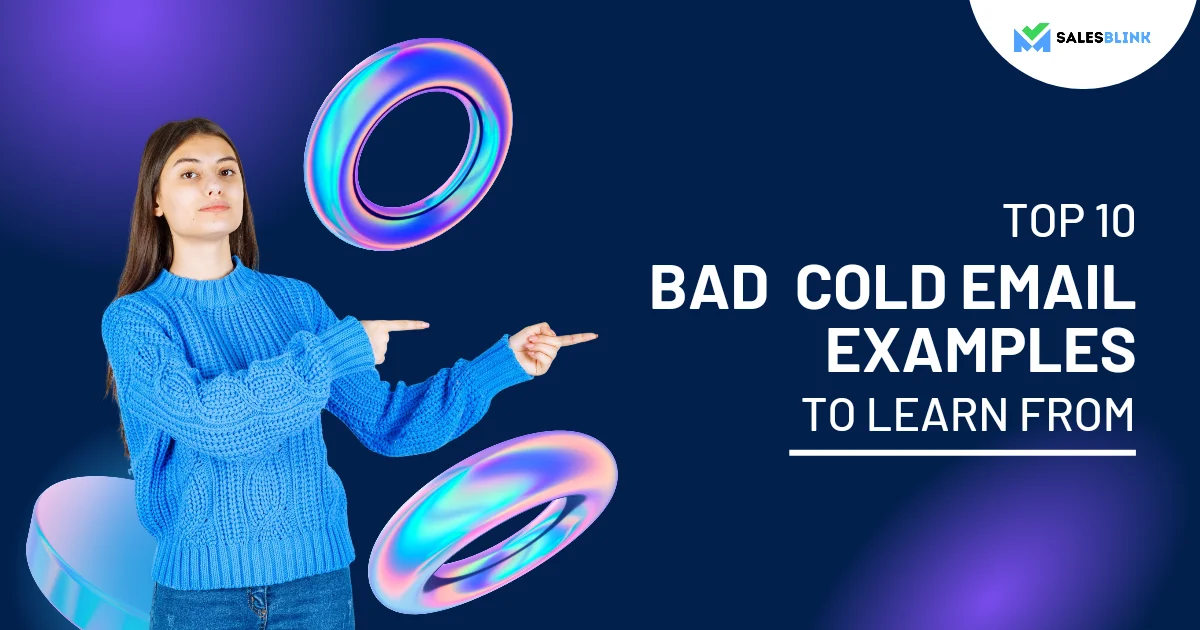Top 10 Bad Cold Email Examples To Learn From
Do you need help with bad cold email examples that lead to a shocking 70% non-response rate? It’s a frustrating setback in your outreach, isn’t it?
Those ignored emails are due to avoidable errors. If you are wondering where you have gone wrong. You are at the right place. Let’s dissect the examples of unprofessional emails together.
By recognizing and rectifying these blunders, you can break free from the cycle of poorly written cold emails. Equip yourself with pleasantries, examples, and insights to craft engaging emails that demand attention and action. Make sure to let bad business writing examples hinder your success.
Dive in, learn, and transform those lackluster emails into compelling messages that yield results.
Table of Content
Bad Cold Email Examples
Here are ten bad cold email examples and explanations of what went wrong in each.
1. Lack of Personalization
Example
Subject Exciting Opportunity Inside!
Dear Sir/Madam,
We hope this email finds you well. We are excited to offer you a great opportunity. Our company, XYZ Corp, offers top-notch solutions that can revolutionize your business. We provide several services tailored to meet your needs. Contact us today to learn more about how we can help you achieve success.
Best Regards,
XYZ Corp Team
What makes this email bad in terms of personalization
i) Generic greetings (“Dear Sir/Madam”) lack personalization and feel impersonal.
ii) No recipient name or specific details tailored to the individual, making it seem like a mass email.
iii) Focused on the sender’s benefits rather than addressing the recipient’s needs or interests.
iv) Lacks a personalized touch or indication that the sender considered the recipient’s situation.
v) Doesn’t encourage engagement or response due to its generic nature.
2. Overly Sales Approach
Example
Subject Exclusive Limited-Time Offer Inside!
Dear [Recipient],
Greetings from ABC Sales Co.! We are thrilled to introduce our latest line of cutting-edge products designed to transform your business. Our innovative solutions are available at unbeatable prices, with discounts of up to 50% for a limited time only. Make the most of this incredible offer now and elevate your success!
Best Regards,
ABC Sales Co.
What makes this email bad in terms of overly sales approach
i) Immediate focus on sales without establishing any rapport or connection with the recipient.
ii) Overwhelming emphasis on products, prices, and discounts without considering the recipient’s specific needs or interests.
iii) Pushy language that tries to force the recipient into making a purchase.
iv) Lack of personalization, addressing the recipient as a generic entity rather than an individual.
v) Failure to engage the recipient by not addressing their concerns or offering value tailored to them.
vi) High likelihood of being perceived as spam due to its aggressive sales nature, leading to disengagement from potential prospects.
3. No Clear Call-to-Action (CTA)
Example
Subject: Information about Our Services
Dear Recipient,
We are reaching out to inform you about the services we offer at ABC Solutions. Our company specializes in providing solutions for businesses like yours. We assure you of top-quality services and unmatched expertise. Feel free to explore our website for more information.
Best regards,
ABC Solutions Team
What makes this email bad in terms of having a clear Call to Action (CTA)
i) Lack of a specific directive or action for the reader to take.
ii) No indication of what step the recipient should take after reading the email.
iii) Vague and generic content without a clear purpose or direction for engagement.
iv) Fails to guide the recipient on what action to perform, leading to potential disinterest or lack of engagement.
4. Irrelevant Content
Example
Subject: Special Discount Inside – Limited Time Offer!
Dear Recipient,
We’re excited to inform you about our latest promotion! Our company, ABC Solutions, specializes in several of products and services that aim to enhance your business. From software solutions to consulting services, we have everything you need to excel in your industry.
As a valued recipient, we’re offering an exclusive discount of 50% on all our products. Take advantage of this fantastic opportunity! Click the link below to avail yourself of this limited-time offer.
Best Regards,
ABC Solutions Team
What makes this email bad in terms of relevance
i) The email assumes familiarity by using “Dear [Recipient]” without addressing the recipient by name, lacking personalization.
ii) It talks broadly about the sender’s offerings without considering the specific interests or needs of the recipient’s industry.
iii) The focus is primarily on the sender’s products and the discount offered rather than addressing how these align with the recipient’s industry or needs.
iv) The call-to-action (CTA) is to avail of a discount, which might not resonate with the recipient if it doesn’t align with their current needs or interests.
v) Lack of customization or tailored content to engage the recipient, potentially leading to disinterest or a lack of engagement.
5. Lengthy and Confusing Messages
Example
Subject: Comprehensive Overview of Our Services for Your Consideration
Dear {{Recipient’s Name}},
We hope this email finds you well. We are excited to share with you an in-depth look at the various services our company, ABC Solutions, can offer. From our comprehensive range of products to our industry-leading strategies, we are confident that our solutions will revolutionize your business operations. Attached is a detailed document outlining our services and methodologies. Please take the time to review it thoroughly.
Best Regards,
ABC Solutions Team
What makes this email bad in terms of conciseness and clarity
i) Excessive length: The email needs to be shorter and contain necessary details, to avoid overwhelming the recipient.
ii) Lack of clarity: The main purpose of the email needs to be clarified, as it focuses more on providing extensive information rather than addressing the recipient’s specific needs.
iii) Absence of a clear call to action: The email doesn’t guide the recipient on what action to take next, making it less engaging.
iv) Uses a generic template: It lacks personalization and doesn’t tailor the content to the recipient’s interests or requirements.
v) Could lose the reader’s interest due to its length and lack of direct, concise communication.
6. Ignoring Personal Boundaries
Example
Subject: Urgent: Important Opportunity Inside!
Dear {{Recipient’s Name}},
I hope this email finds you well. I am following up on my previous email regarding our incredible offer. Our services at ABC Solutions have helped numerous companies like yours achieve remarkable success. I would love to discuss how we can customize our solutions to meet your requirements and elevate your business. I am still waiting to hear back from you, so I wanted to ensure you got this fantastic opportunity.
Best Regards,
ABC Solutions
What makes this email bad in terms of follow-up
i) Excessive urgency implied by the subject line (“Urgent: Important Opportunity Inside!”) can come off as pushy or desperate.
ii) Lack of acknowledgment of previous non-response, making it seem like a generic follow-up.
iii) Pressing for a response without offering any additional value or addressing the recipient’s concerns or interests.
iv) Ignoring the recipient’s potential lack of interest or current priorities.
v) Failure to respect the recipient’s space and potentially creating annoyance by being too persistent.
7. Poor Grammar and Spelling
Example
Subject: Sign-up for Our Exclusive Event!
Hey,
We’re excited to invite you to our upcoming event! It’s gonna be amazing, and we’d love for you to be there. Just click the link below to register now!
Best, ABC Events Team
What makes this email bad in terms of grammar and spelling
i) Informal tone and language (“Hey,” “gonna,” “u”) can be perceived as unprofessional in a business context.
ii) Multiple spelling mistakes (“upcoming,” “amazing”) and informal abbreviations (“u”) detract from professionalism.
iii) Lack of proper punctuation and sentence structure affects readability and professionalism.
iv) Absence of clear information or details about the event, leading to ambiguity and lack of clarity.
v) No proper call to action or invitation to engage beyond a vague request to click a link, missing a chance to motivate the recipient.
8. Neglecting Relationship Building
Example
Subject: Exclusive Offer Inside!
Dear Customer,
We’re thrilled to inform you about our latest offer! Make the most of our amazing deals and discounts on a wide range of products. Don’t miss out—shop now and save big with us!
Regards, Your Online Store
What makes this email bad in terms of personalization
i) Generic greeting (“Dear Customer”) lacks personalization and feels impersonal.
ii) No effort to establish trust, build a connection, or understand the recipient’s needs.
iii) Focuses solely on the sender’s offer without considering the recipient’s interests or preferences.
iv) Lacks a personalized touch or any indication that the sender values the recipient as an individual.
v) Fails to encourage engagement or response due to its generic nature, potentially leading to its being ignored.
9. No Value Proposition
Example
Subject: Check Out Our Latest Products!
Hello,
We are excited to inform you about our new product line. Our company, ABC Solutions, offers a variety of innovative products that cater to diverse needs. Our products can be beneficial to you. Feel free to check them out on our website.
Best regards,
ABC Solutions Team
What makes this email bad in terms of value and call to action
i) Lack of clear value proposition for the recipient; it needs to specify how the products can benefit them.
ii) Fails to explain how the products solve a problem or provide any tangible benefit to the reader, making it less engaging.
iii) Doesn’t personalize the message or address the recipient’s specific needs or interests.
iv) Absence of a compelling call to action; it doesn’t direct the reader on what action to take, such as exploring specific products, signing up for a trial, or learning more about the benefits.
10. Unsolicited Attachments or Links
Example
Subject: Important Document Attached
Dear [Recipient],
Please find the attached document. This document contains vital information regarding our new product launch. Your prompt attention to this matter would be greatly appreciated.
Thank you,
[Sender]
What makes this email bad in terms of attachment/link usage and context
i) The subject needs to be more specific and provide a clear indication of what the attachment contains.
ii) The email needs to explain or offer context about the attached document, leaving the recipient unsure about its content.
iii) It doesn’t address potential security concerns associated with opening attachments from unknown sources.
iv) Fails to build trust or convey the sender’s credibility, making it less likely for the recipient to open the attachment.
v) The call to action needs to be more specific, lacking clear guidance on what the recipient needs to do with the attachment.
Cold Email Mistakes To Avoid
Now that you have seen what bad cold emails look like, it’s important to avoid common mistakes that may turn off recipients. To make your emails more interesting, learn from mistakes and use best practices. This will help create meaningful interactions.
1. Focusing on Yourself in the Pitch

When crafting email pitches, many make the mistake of focusing solely on their achievements or product features. This approach often needs to be revised. The key lies in centering the email around the recipient’s needs. We can shift the focus by understanding their problems and providing solutions. This way, we offer real value instead of just promoting ourselves. This simple shift significantly boosts engagement rates. When you address concerns and show interest in the recipient, the email becomes relatable and appealing. It’s crucial to avoid being a “prospect killer” by bombarding recipients with self-centered content. Instead, by showing how the product or service meets their needs, we can motivate them to take action, making a positive response more likely.
2. Writing Long Paragraphs
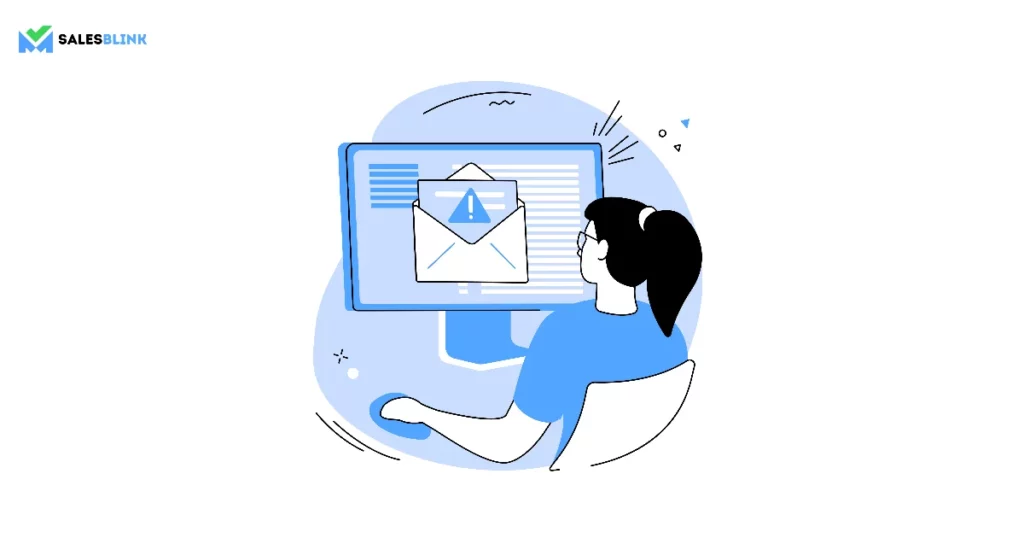
Long-winded emails, jammed with information, often turn off prospects. Instead, concise content wins. Splitting content into bite-sized sections keeps readers engaged, helping them understand better. An ideal email CTA is clear and concise, prompting action without confusion. A streamlined approach to email CTA examples fosters better engagement and response rates. Overloading information in a cold email is a prospect killer, reducing interest swiftly. Creating effective CTAs for email sign-ups involves being simple and direct, making it easy for recipients. To get readers to interact, use simple call-to-action techniques in emails. This helps avoid overwhelming the readers.
3. Selling from the First Email
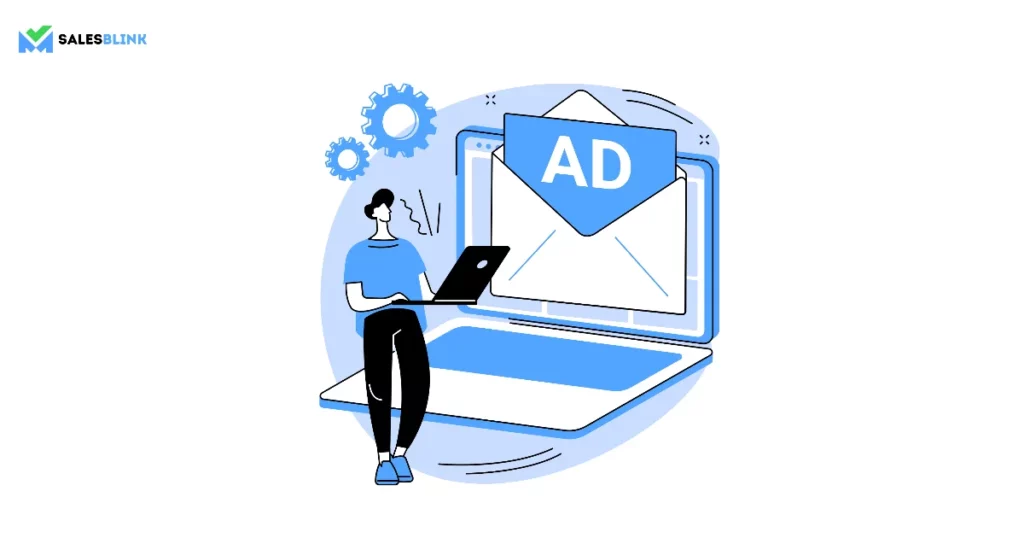
In email communication, a misstep often occurs with bad cold email examples. These messages often ask for a sale without making a connection or offering something valuable. Rather than smoothly engaging prospects, they end up as “prospect killers.” To write good emails, first, make connections and give helpful information. Then, ask for a sale. Always start conversations and build trust, setting the stage for successful sales pitches later on. To create a more engaged audience, it’s better to focus on building relationships instead of pushing sales.
In crafting emails, it’s crucial to add well-thought-out call-to-action (CTA) elements. The most effective email CTAs encourage recipients to take helpful actions, such as signing up or engaging more. These elements, when used thoughtfully, enhance the overall effectiveness of cold emailing.
4. Not Talking About the Pain Point
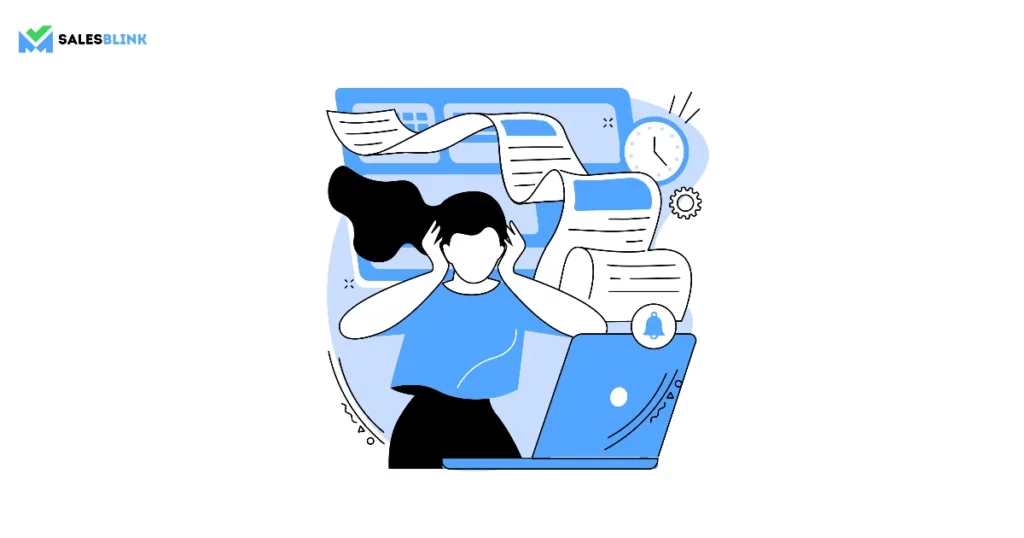
When crafting emails, recognizing the receiver’s concerns is crucial. Ignoring their issues means missing a chance to connect with what matters to them. When you identify and understand these problems, it shows empathy and makes you look helpful. It’s vital to have a clear call to action in an email, guiding the reader on what to do next. This step directs them on the path to engagement or finding a solution. A well-crafted call to action prompts action without being pushy or demanding. To make emails effective, it’s important to focus on what the recipient needs and give clear directions. This helps create better resonance and engagement.
5. Using Too Much Jargon

When writing emails, avoid using complicated words or jargon that may confuse readers who don’t know those terms. Using simple wording is key to ensuring that the message remains crystal clear and easily understandable to a wide audience. Whether it’s a call to action or enticing someone to sign up, clarity in the email’s language can make a significant difference in engagement. A good email should avoid being a “prospect killer” by employing easily digestible language and effective CTAs (call to action). The focus should be on crafting CTAs that are clear, inviting, and prompt action without leaving the reader scratching their head. Keeping it simple isn’t just a suggestion; it’s the best practice for email marketing success.
6. Not A/B Testing
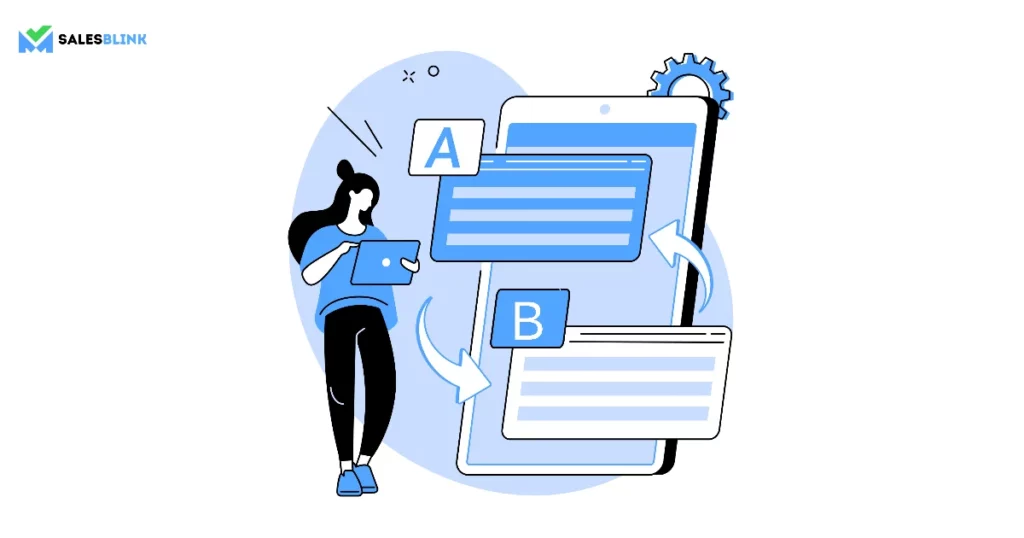
When it comes to bad cold email examples, neglecting effective call-to-action (CTA) strategies can be a major setback. Omitting A/B testing overlooks the chance to enhance email effectiveness. To improve email engagement and response rates, it is important to test different subject lines, content, and CTAs. This helps make data-backed enhancements over time. A strong call to action in emails can make a significant impact on prospects, influencing their decision to sign up or engage further. Not following these practices could harm cold email campaigns and their overall success. Making small changes based on testing can greatly improve conversions and connect with the audience.
7. Adding Multiple CTAs
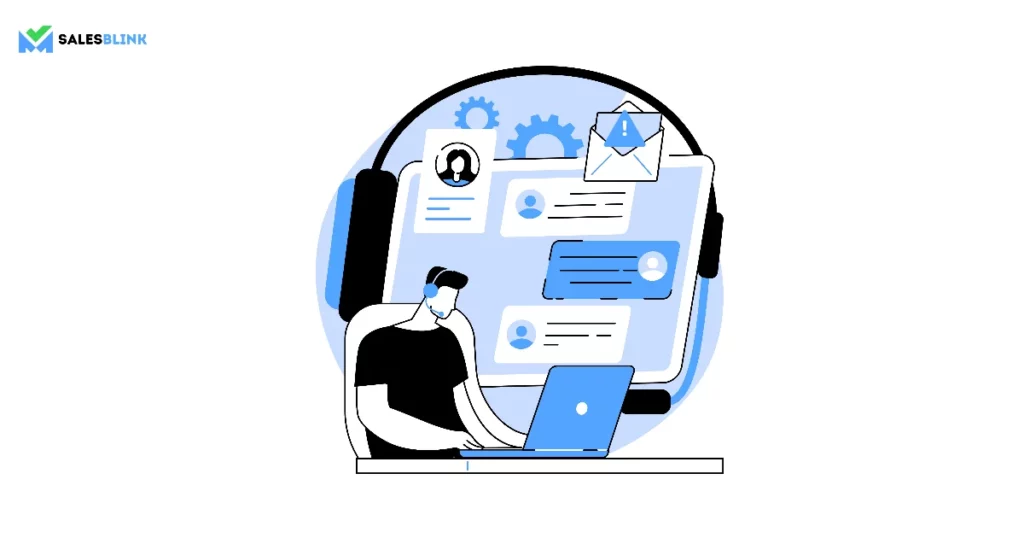
A bad cold email floods with too many ‘asks,’ affecting the focus. When an email crams various call-to-action prompts, it confuses the reader. Instead, a single, crystal-clear call to action stands out. By focusing on one thing at a time, you can increase the chances of the reader doing what you want.
Not proofreading and overlooking typos and errors damages credibility. When you carefully check emails, it shows that you are professional and accurate. This reflects well on your attention to detail.
8. Not Personalizing
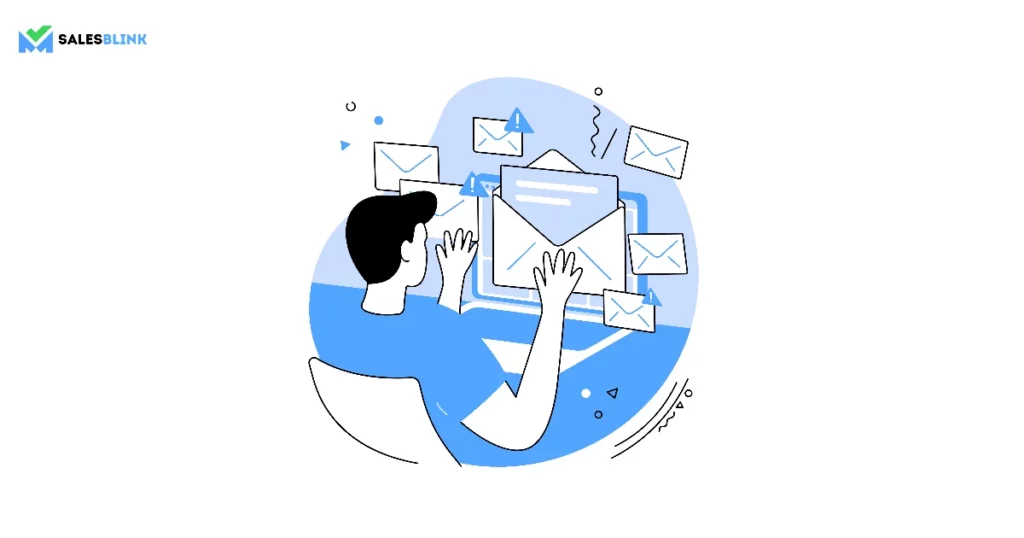
Among the most common shortcomings are emails without pleasantries and personalization. The email should have the recipient’s name or acknowledgment of past interactions. Incorporating these simple details, such as addressing the recipient by name, significantly enhances engagement and rapport. By showcasing instances where emails lack warmth or fail to personalize, it becomes clear how vital these elements are in fostering meaningful connections and effective communication in cold email examples.
9. Not proofreading
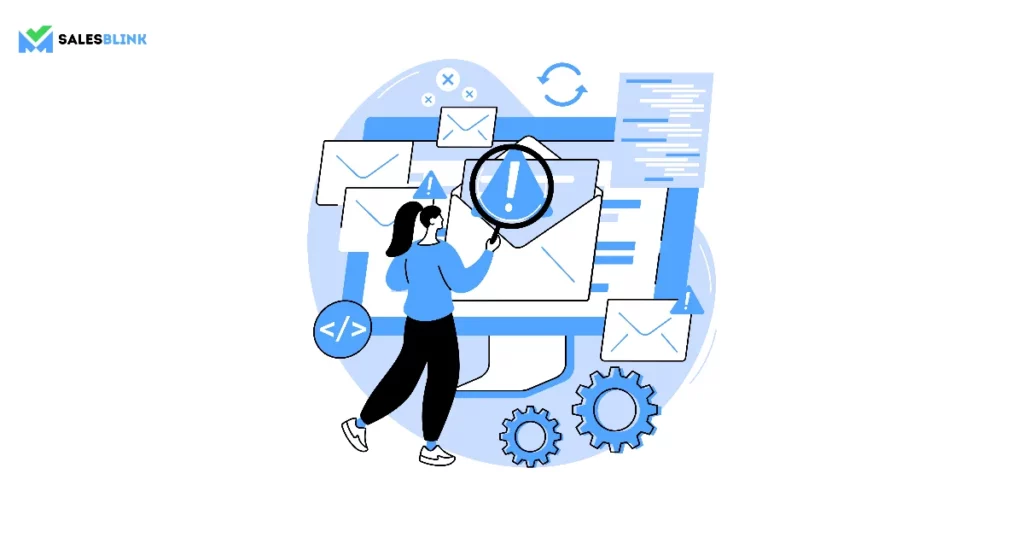
When crafting cold emails, overlooking proofreading might cause blunders that drive potential leads away. Skipping this essential step could lead to unprofessional and poorly written emails that need more clarity and coherence. Moreover, neglecting a clear call-to-action (CTA) undermines the email’s purpose, potentially making it seem unprofessional. A powerful CTA is pivotal—it prompts action and engages recipients effectively. Conversely, a weak or absent CTA can ruin prospects’ interest and willingness to engage. Ignoring the critical elements in your outreach might result in missed opportunities to connect and convert prospects effectively.
Master Your Emails; Just Avoid Mistakes!
Exploring bad cold email examples sheds light on the pitfalls to avoid in professional communication. From excessively casual pleasantries to unprofessional language and poorly structured content, these examples showcase the spectrum of mistakes in business writing. Recognizing what constitutes an unprofessional email example is crucial for crafting effective, engaging, and respectful communication. By learning from these bad emails and bad business writing examples, one can refine one’s approach, ensuring that cold email examples serve as models of clarity, professionalism, and efficiency in communication.
FAQs
Ineffective cold emails need a more personal touch and clear direction. A weak call to action (CTA) often needs to be clarified for recipients, making it hard to know what to do. Ignoring the recipient’s interests leads to bad results when only the sender’s needs matter.
A well-designed CTA guides recipients on the next steps, making it more compelling. It prompts action, like signing up or replying, aligning with the recipient’s needs. A strong CTA increases the chances of positive engagement.
Vague language, multiple confusing CTAs, or irrelevant content are common pitfalls. Additionally, overly aggressive CTAs or ones that don’t match the email’s tone can create a negative impression.
